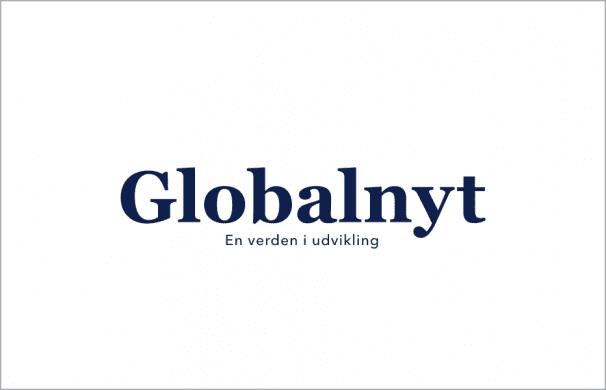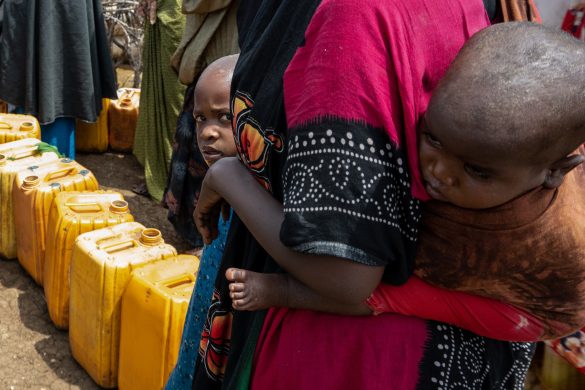CAPE TOWN, 8 November: The South African government, long reluctant to face up to the countrys overwhelming number of AIDS deaths and infections, has finally changed its stance, AIDS activists said Wednesday.
The deputy president, Phumzile Mlambo-Ncguka, who was named last month to head a revitalized government council meant to address the issue, met with activists and effectively sidelined the health minister, who has promoted the benefits of lemons, garlic (hvidløg) and beets (rødbeder) as effective treatments for the disease.
The government brought in Mlambo-Ncguka after a chorus of international criticism of the South African booth at this years international AIDS conference, which included a prominent display of the vegetables.
– We are now witnessing the emergence of a united front of government, civil society and communities in a common effort, said Sipho Mthathi, general secretary of the AIDS activist group Treatment Action Campaign.
South Africa has an estimated 5,4 million people living with HIV, the virus that causes AIDS. It is the second highest after India. The disease is devastating communities, leaving a generation of orphans and striking down vitally needed professionals like teachers and police officers.
Zackie Achmat, a leader of the activist group, said the movement was ready to settle legal cases it has filed against the government. The movement also dropped its demands for the dismissal of Health Minister Manto Tshabalala-Msimang, who has not been seen in public since developing a lung infection in early October.
The government plans to release a five-year prevention and treatment strategy on Dec. 1, World AIDS Day, setting a target of having 600.000 people on antiretroviral drugs by 2011. The existing plan lapsed last year and Tshabalala-Msiming never updated it.
– For the first time in history the health department is putting down hard targets, said Mthathi, though she noted that the proposal fell far short of the estimated 1 million South Africans who will need treatment by then.
Nearly 180.000 people – 10 percent of them children – were receiving treatment at government facilities at the end of June, and 30.000 were on a waiting list, according to government figures.
Kilde: The Push Journal















